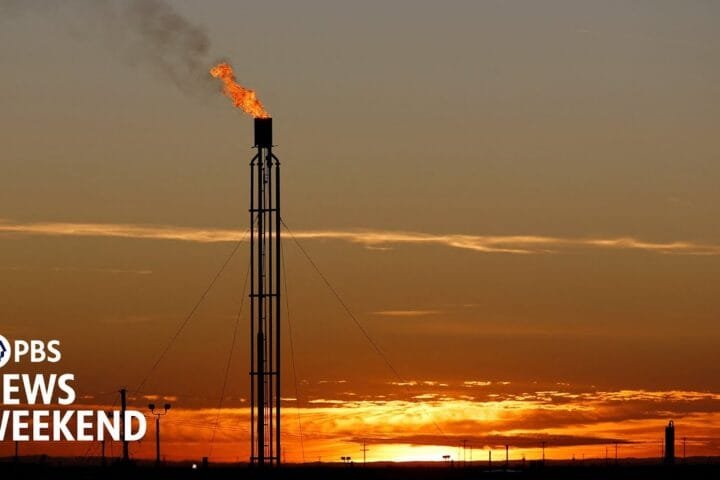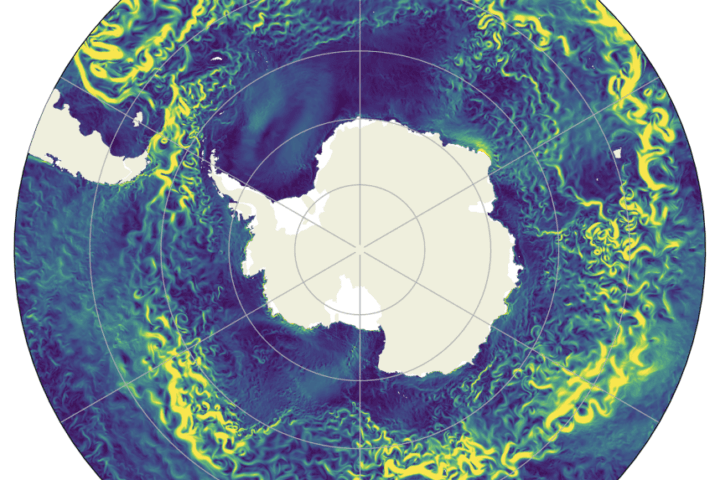From The Guardian - Climate Change
Summary
Switzerland and Italy have agreed to modify their border beneath the Matterhorn peak due to melting glaciers that are reshaping the historically defined frontier. This decision, made by a joint commission, highlights the impact of climate change on geographical boundaries and the economic interests of both countries. The glaciers in this region are rapidly retreating, with significant implications for tourism and the environment.
Highlights -🌍
- Border Modification: Switzerland and Italy adjust their border near the Matterhorn due to glacier melting. 🏔️
- Climate Impact: Melting glaciers in Europe signify rapid climate change. ❄️
- Tourism Effects: Zermatt ski resort’s operations may be affected by the border changes. 🎿
- Historical Disputes: Years of territorial disputes precede this agreement. 📜
- Melting Rates: Swiss glaciers lost 4% of their volume in 2023, a record decline. 📉
- Historical Discoveries: Remains of a climber missing for decades were found in melting ice. 🧗♂️
- Future Concerns: The Marmolada glacier in Italy could vanish by 2040. ⏳
Switzerland and Italy have redrawn a border that traverses an Alpine peak as melting glaciers shift the historically defined frontier.
The two countries agreed to the modifications beneath the Matterhorn, one of the highest mountains in Europe, which straddles Switzerland’s Zermatt region and Italy’s Aosta valley.
Glaciers in Europe, the world’s fastest-warming continent, are retreating at an accelerated pace because of human-caused climate breakdown.
“Significant sections of the border are defined by the watershed or ridge lines of glaciers, firn or perpetual snow,” the Swiss government said in a statement cited by Bloomberg. “These formations are changing due to the melting of glaciers.”
[...]
Read the full post at The Guardian - Climate Change.





